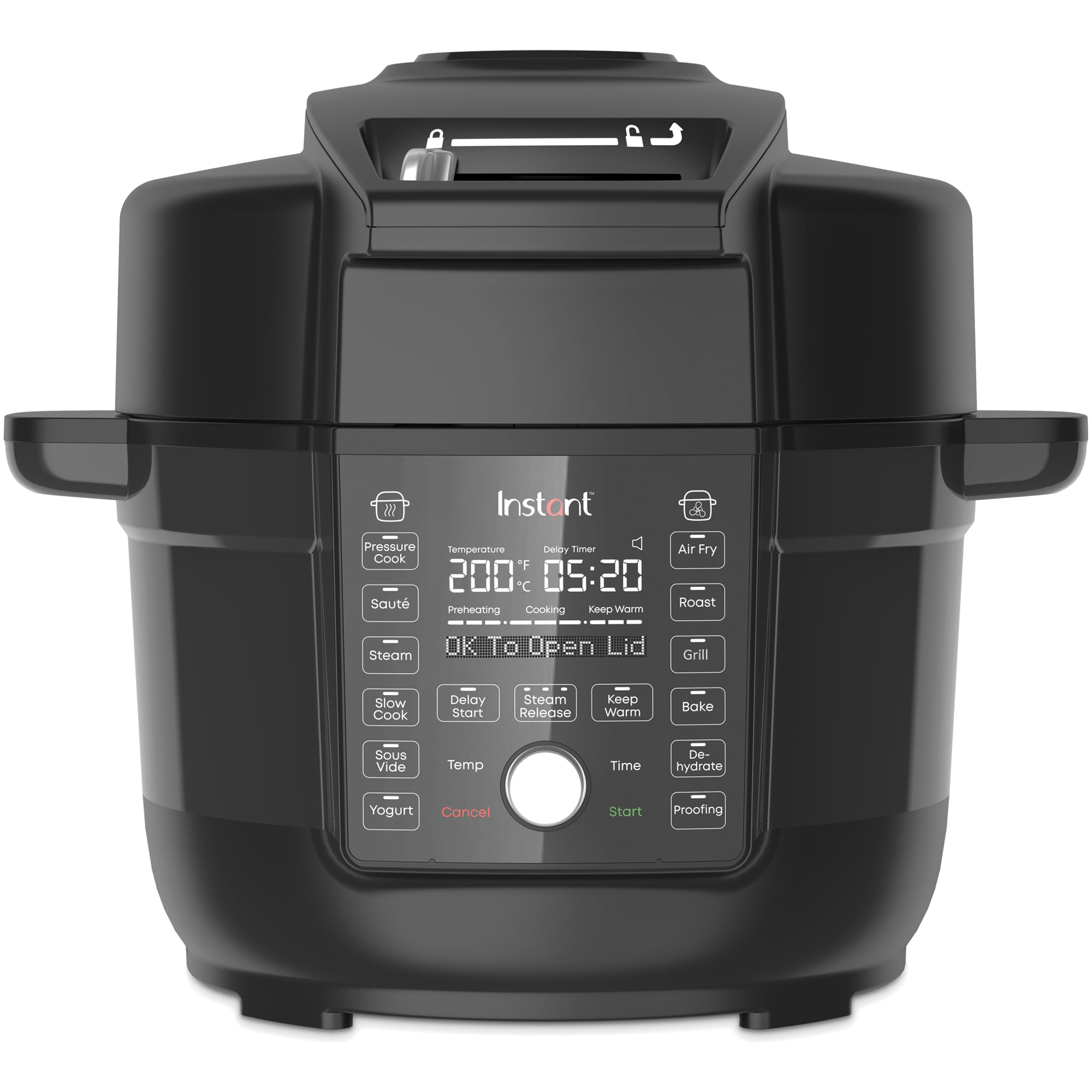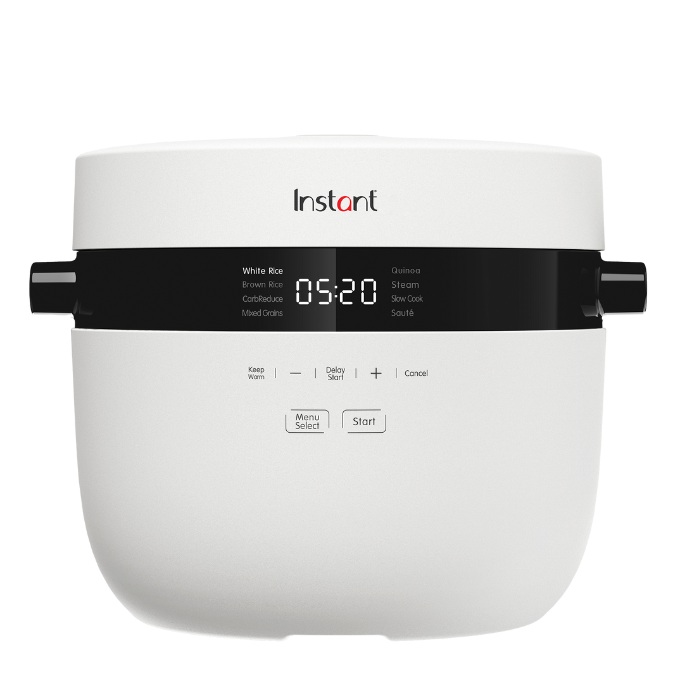The cook time you input is not how long the recipe will take. The cook time starts
when the cooker reaches full pressure. The cooker goes through 3 stages when pressure cooking:
- Pre-heating & Pressurisation: The
cooker will begin turning the cooking liquid into steam pressure. Once enough
pressure has built up, the float valve will rise on its own and the cooker
“pressurises”. - Cooking: Within 5 minutes of pressurisation, the cooker will beep once and begin counting down the selected cook time.
3. Depressurisation & Keep Warm: The cooker needs to release steam and “depressurise” after cooking.
Note: Whether or not Keep Warm is ON after cooking completes, the cooker
will cool sufficiently over time to naturally release pressure—but it will cool
faster if Keep Warm is turned off.
- The time it takes your pressure cooker to pressurise and depressurise will depend on a variety of factors. For this reason, we suggest that the heating cycle may take anywhere from 5-40 minutes, or more.
- Cold or frozen foods will increase the amount of time it takes your cooker to pressurise, and may require a few additional minutes of cooking time.
- Recipes may indicate to use the Manual or Pressure Cook Program. These terms are interchangeable.
- Certain food (such as applesauce, cranberries, pearl barley, oatmeal, split peas, noodles, etc.) may foam, froth, or spatter, and can clog the steam release pipe and/or steam release valve. Extreme caution must be used when cooking and venting these foods—do not fill the appliance over “— 1/2” line.
- When cooking foods that expand such as rice or beans, do not fill the appliance over the “— 1/2” line, as indicated on the inner pot.
- Do not fill the inner pot higher than the “PC MAX — 2/3” line, indicated on the inner pot.
- Keep two genuine Instant Pot sealing rings on hand — one for sweet and one for savoury dishes.
For accessories and replacement parts, click here. - For the best results, once cooking has completed use the venting method as directed by your recipe.
- Pressure cooking pasta – choose dry noodles with a minimum cooking time of 8 minutes (a shorter time will not pressure cook well), then cut that time in half (8 minutes becomes 4 minutes). Follow your recipe for liquid levels. Submerge pasta if possible, but do not stir.
- Use the steam rack to lift foods out of the cooking liquid. This will ensure even heat distribution, prevent nutrients from leeching into the cooking liquid, and stop burning on the bottom of the inner pot.
- All programs except Rice default to High Pressure. For Rice, the default is Low Pressure.
- For the best rice results, leave lid on after the cook cycle for an additional 5-10 minutes before quick releasing pressure.
- When pressure cooking, always ensure the steam release valve or quick release button is in the “Sealing” position.
- Pressure cooking liquids must be water-based, such as broth, stock, or juice.



